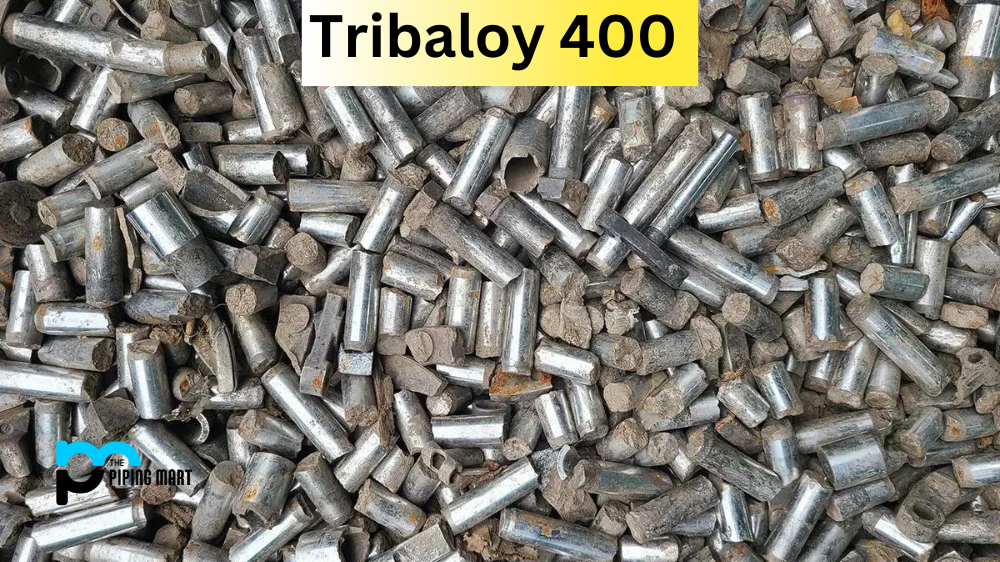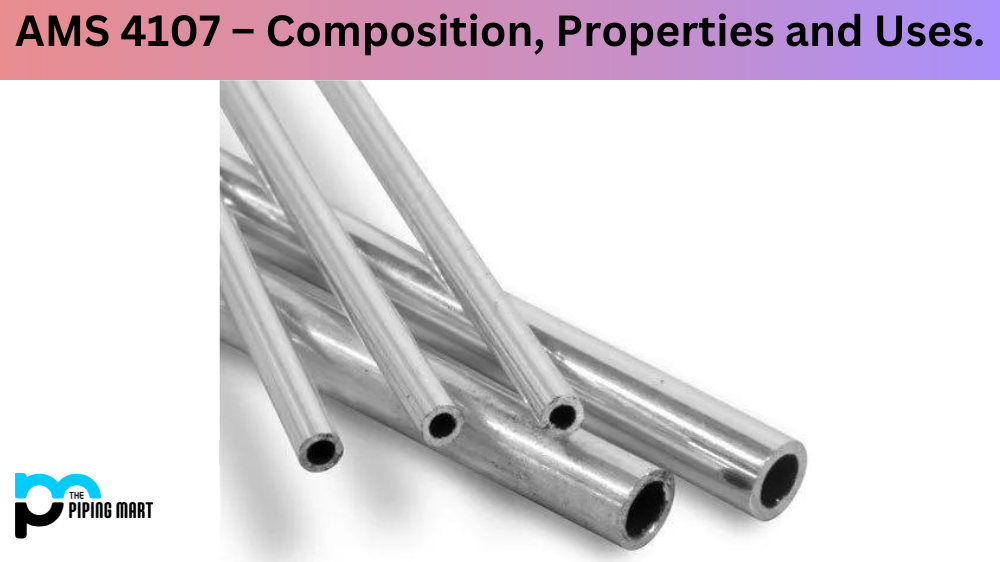If you’re in an industry requiring corrosion-resistant, heat-resistant, and wear-resistant materials, you might have heard of Tribally 400. Tribaloy 400 is a cobalt-chromium-molybdenum alloy that’s known for its exceptional properties. This alloy offers excellent corrosion resistance and can operate under high-temperature and high-stress conditions. In this post, we’ll dive deeper into what Tribaloy 400 is, its composition, and its physical and mechanical properties. We’ll also explore the uses, hardness, heat treatment, welding, and corrosion-resistant properties.
Tribaloy 400 Composition
Tribaloy 400 is an alloy of cobalt (Co), chromium (Cr), and molybdenum (Mo). It also contains small amounts of carbon, nickel, iron, and tungsten. The percentage of cobalt ranges from 49% to 61%, chromium from 27% to 33%, and molybdenum from 8% to 10%.
Tribaloy 400 Physical Properties
Tribaloy 400 has an outstanding physical property. It has a density of 8.49 g/cm3 and a melting point of about 1350°C. Also, the thermal expansion coefficient is low and comparable to steel’s.
Tribaloy 400 Mechanical Properties
Apart from its excellent physical properties, Tribaloy 400 also has exceptional mechanical properties. This alloy has a high yield strength of 1400 MPa and a high tensile strength of more than 1600 MPa. The alloy demonstrates significant ductility and toughness, ensuring it retains its toughness attributes even at elevated temperatures.
Tribaloy 400 Uses
Tribaloy 400 has numerous applications due to its unique combination of properties. One significant use of Tribaloy 400 is in manufacturing artificial joint implants. This is due to its wear and corrosion resistance. Other common uses include aerospace, medical implants, marine environments, chemical processing, and nuclear power plants.
Tribaloy 400 Hardness
Tribaloy 400 is a hard alloy and can be challenging to machine with conventional cutting tools. The alloy demonstrates excellent wear resistance and can withstand high levels of abrasive wear. The hardness of the alloy depends on the specific heat treatment, but it typically ranges from 35-50 HRC.
Tribaloy 400 Heat treatment
Heat treatment is necessary when working with Tribaloy 400 to achieve its desired hardness. The heat treatment involves annealing at 920°C for two hours, followed by air cooling. Subsequent heat treatments include quenching in oil or air, then tempering at 500-800°C for two hours.
Tribaloy 400 Welding
Tribaloy 400 is challenging to weld due to its high chromium content. However, it is possible to weld using TIG or MIG with compatible filler rods. The heat-affected zone is prone to cracking; hence, keeping the heat input low during welding is essential.
Tribaloy 400 Corrosion Resistant Properties
Tribaloy 400 is exceptionally corrosion-resistant and maintains its mechanical properties, even under hostile corrosive conditions. This is mainly due to chromium and molybdenum in the alloy. It’s used extensively in harsh chemical environments that require resistance to corrosion and wear.
Conclusion
Tribaloy 400 is a unique alloy with excellent mechanical, physical, and corrosion-resistant properties. Its unique cobalt, chromium, and molybdenum composition makes it useful in extreme environments. This alloy offers excellent hardness and is resistant to corrosion and abrasion, resulting in long-lasting performance. Tribaloy 400 finds use in critical applications such as aerospace, medicine, chemical, and marine processing. Understanding the properties of Tribaloy 400 is crucial, especially when choosing materials for harsh environments, to ensure durability and performance.

Hey, I’m Krutik, a casual blogger expert in the metal industry. I am passionate about providing valuable information to my readers. With a background in engineering and construction, I like playing Cricket & watching Netflix shows in my free time. Thank you for visiting my blog, and I hope you find my information helpful!




